Lukas Strack
Efficient Search for Customized Activation Functions with Gradient Descent
Aug 13, 2024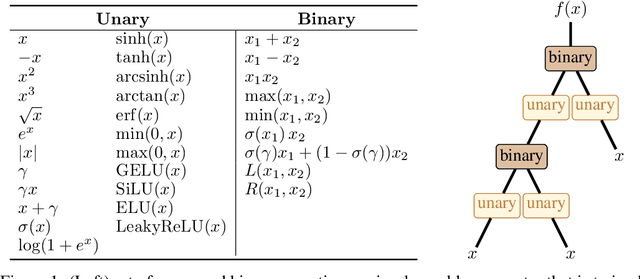
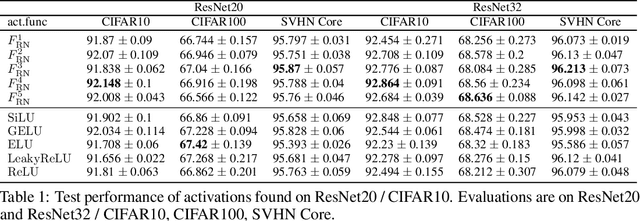

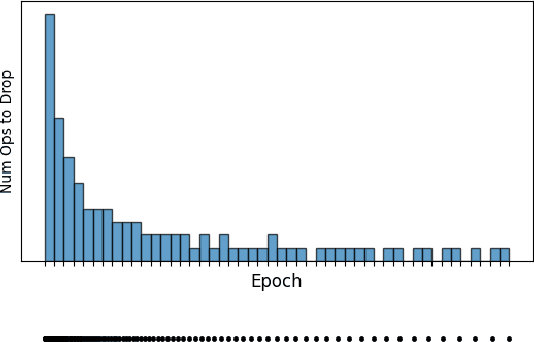
Abstract:Different activation functions work best for different deep learning models. To exploit this, we leverage recent advancements in gradient-based search techniques for neural architectures to efficiently identify high-performing activation functions for a given application. We propose a fine-grained search cell that combines basic mathematical operations to model activation functions, allowing for the exploration of novel activations. Our approach enables the identification of specialized activations, leading to improved performance in every model we tried, from image classification to language models. Moreover, the identified activations exhibit strong transferability to larger models of the same type, as well as new datasets. Importantly, our automated process for creating customized activation functions is orders of magnitude more efficient than previous approaches. It can easily be applied on top of arbitrary deep learning pipelines and thus offers a promising practical avenue for enhancing deep learning architectures.
Defending Against Physical Adversarial Patch Attacks on Infrared Human Detection
Sep 27, 2023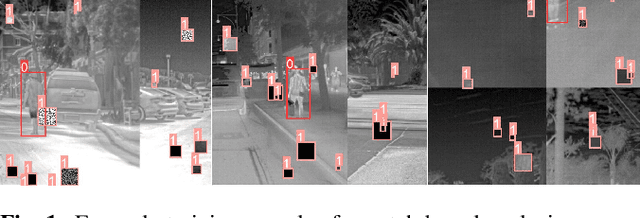

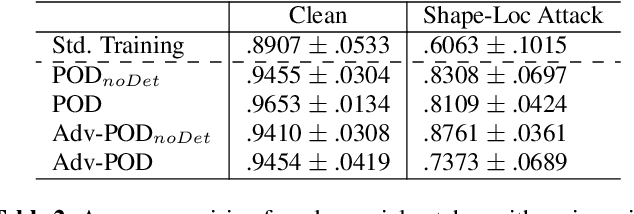
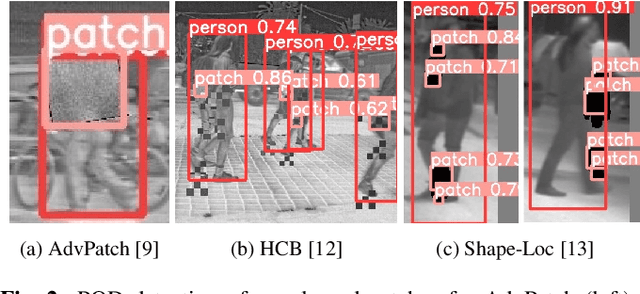
Abstract:Infrared detection is an emerging technique for safety-critical tasks owing to its remarkable anti-interference capability. However, recent studies have revealed that it is vulnerable to physically-realizable adversarial patches, posing risks in its real-world applications. To address this problem, we are the first to investigate defense strategies against adversarial patch attacks on infrared detection, especially human detection. We have devised a straightforward defense strategy, patch-based occlusion-aware detection (POD), which efficiently augments training samples with random patches and subsequently detects them. POD not only robustly detects people but also identifies adversarial patch locations. Surprisingly, while being extremely computationally efficient, POD easily generalizes to state-of-the-art adversarial patch attacks that are unseen during training. Furthermore, POD improves detection precision even in a clean (i.e., no-patch) situation due to the data augmentation effect. Evaluation demonstrated that POD is robust to adversarial patches of various shapes and sizes. The effectiveness of our baseline approach is shown to be a viable defense mechanism for real-world infrared human detection systems, paving the way for exploring future research directions.
 Add to Chrome
Add to Chrome Add to Firefox
Add to Firefox Add to Edge
Add to Edge